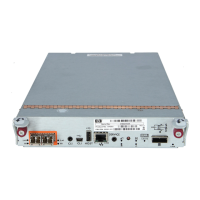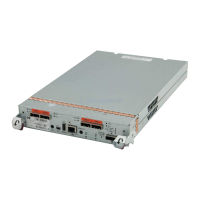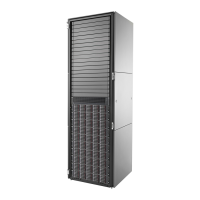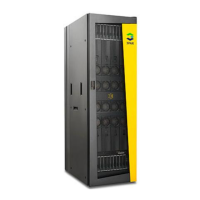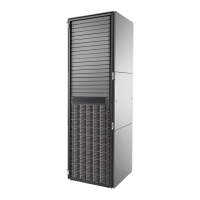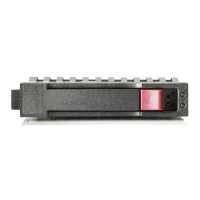Technical white paper | HP P2000 G3 MSA
16
Volume mapping
It is a best practice to map volumes to the preferred path. The preferred path is both ports on the controller that owns the
Vdisk.
If a controller fails, the surviving controller will report it is now the preferred path for all Vdisks. When the failed controller is
back online, the Vdisks and preferred paths switch back.
Best Practice
For fault tolerance, HP recommends mapping the volumes to all available ports on the controller.
For performance, HP recommends mapping the volumes to the ports on the controller that owns the Vdisk. Mapping to the
non-preferred path results in a slight performance degradation.
Optimum performance with MPIO can be achieved with volumes mapped on all paths. When the appropriate MPIO drivers
are installed on the host, only the preferred (optimized) paths will be used. The non-optimized paths will be reserved for
failover.
Note
By default, a new volume will have the “all other hosts read-write access” mapping, so the manage user must go in and
explicitly assign the correct volume mapping access.
RAID levels
Choosing the correct RAID level is important whether your configuration is for fault tolerance or performance. Table 1 gives
an overview of supported RAID implementations highlighting performance and protection levels.
Note
Non-RAID is supported for use when the data redundancy or performance benefits of RAID are not needed; no fault
tolerance.
Table 1. An overview of supported RAID implementations
RAID level Cost Performance Protection level
RAID 0 Striping N/A Highest No data protection
RAID 1 Mirroring High cost 2x
drives
High Protects against individual drive failure
RAID 3
Block striping with dedicated parity drive
1 drive Good Protects against individual drive failure
RAID 5
Block striping with striped parity drive
1 drive Good Protects against any individual drive
failure; medium level of fault tolerance
RAID 6
Block striping with multiple striped parity
2 drives Good Protects against multiple (2) drive
failures; high level of fault tolerance
RAID 10
Mirrored striped array
High cost 2x
drives
High Protects against certain multiple drive
failures; high level of fault tolerance
RAID 50
Data striped across RAID 5
At least 2
drives
Good Protects against certain multiple drive
failures; high level of fault tolerance
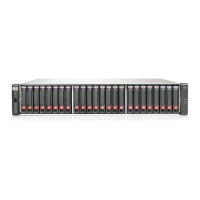
